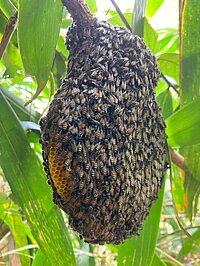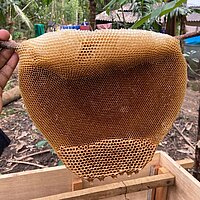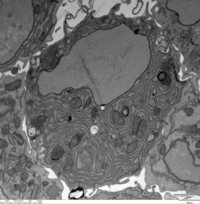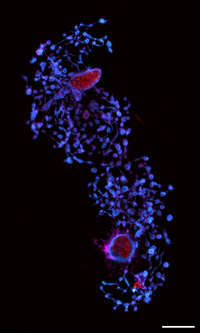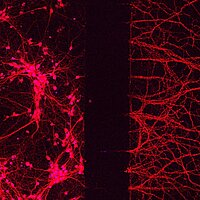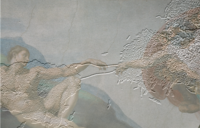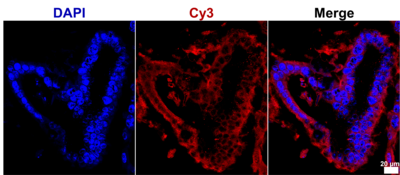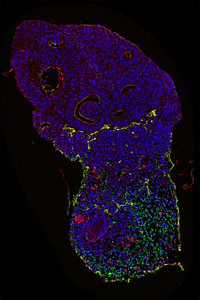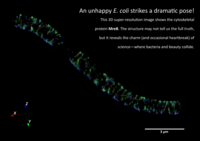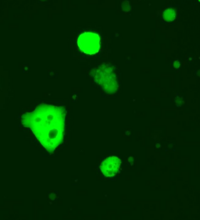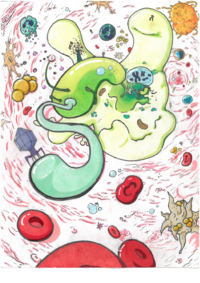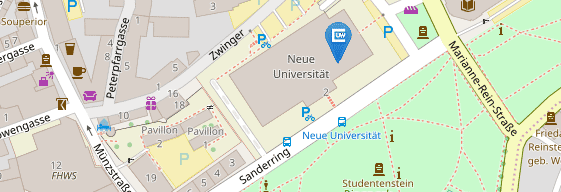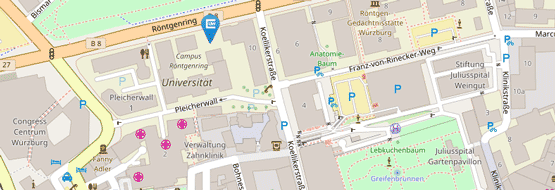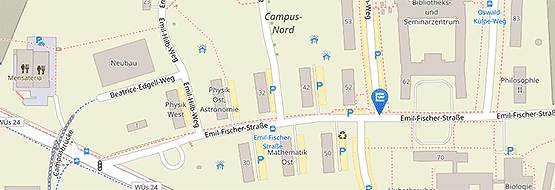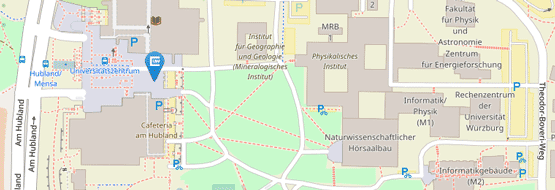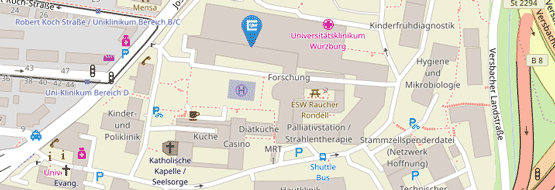Image Contest Exhibition
We are pleased to present the contributions to this year's Image Contest!
Apis florea colony
Apis florea Comb Structure
Honey bees are remarkable builders, creating perfectly symmetrical combs using only their legs. This Apis florea comb shows clear organization: deep honey chambers at the top, smaller worker cells below, followed by larger drone cells, and queen cells at the base—a marvelous design matching bee size and function.
- Abhinay Arra
What happened to me? Can anyone help me?
The Birth of Platelets: A Dance of Balance
From the giant megakaryocyte, small platelets are born — fragments entwined like yin and yang, united yet independent, reminding us that life is sustained by balance.
Image was acquired with a Thunder Microscope (63x objective), scale bar 20μm. Red = nuclei, cyan = tubulin, magenta = actin.
-Gabriel Araujo
Neuron Divide: Visualizing Soma‑Axon Separation
The Creation in the world of E. coli
This image combines a Nikon microscope photo of genetically modified E. coli with Michelangelo’s The Creation of Adam (sourced from Wikipedia). Two large bacterial colonies are linked by elongated cells that reminded me of the famous hand gesture, which inspired me to merge them together.
-Ruilan Xu
Nanoscale Bacteriology lab, Rudolf Virchow Center for Intergrative and Translational Bioimaging, University Würzburg, 97080 Würzburg
From the Gut, with Love
Sphere of Promise
The process of generating a neuro-mesodermal assembloid begins with a simple sphere of human iPSCs. This cluster of cells holds immense potential, as it is capable of forming virtually any tissue or structure. Every sphere carries a promise: To enhance our understanding of human development, to uncover the mechanisms of disease, or to reveal the unexpected beauty of what can emerge from just a few cells. In the beginning, the sphere can become anything—we only have to decide what we’re ready to see in it.
- Ann-Sophie Schnell
An unhappy E. Coli strikes a dramatic pose!
When measles hits and you realize you’re the experiment
These are primary human CD4+ T cells infected with a GFP-tagged measles virus. Viral infection causes the cells to fuse with each other, resulting in this perfect “I wasn’t ready” face. Looks like even cells get surprised when viruses crash the party—a reminder that science never fails to surprise.
- Maria Grijalva Yepez

